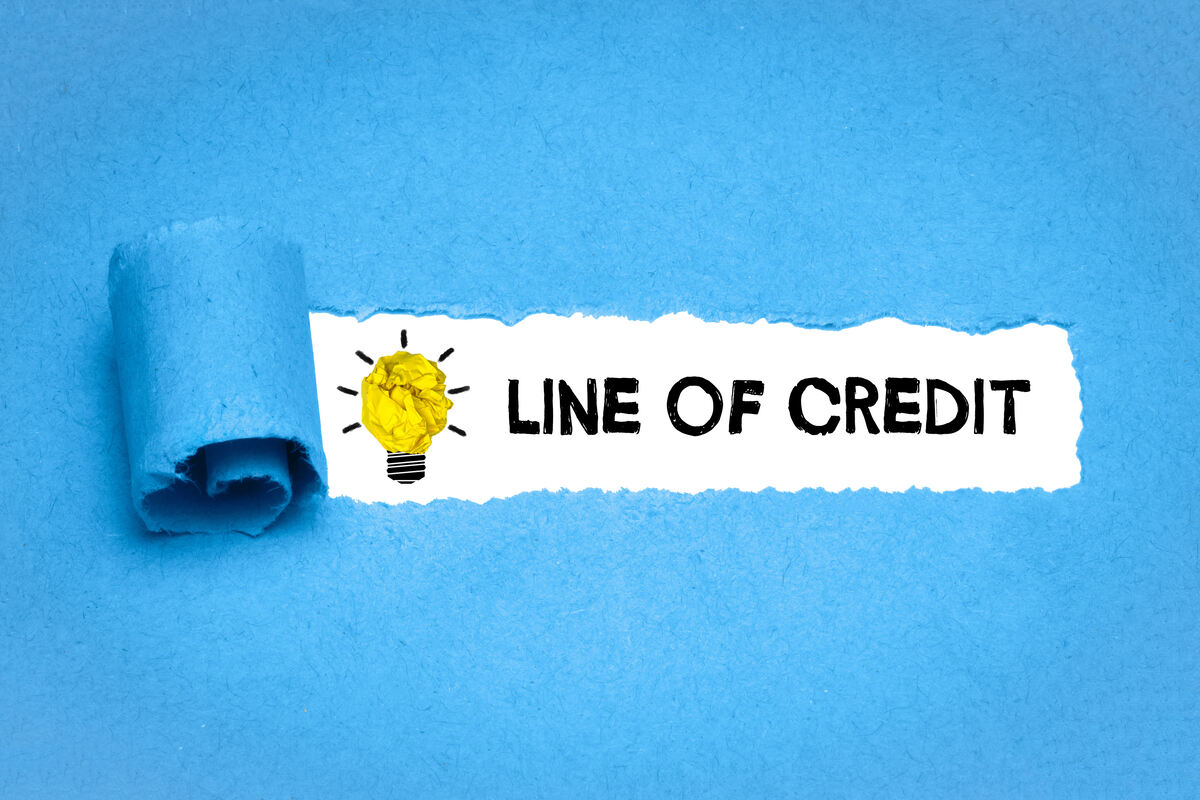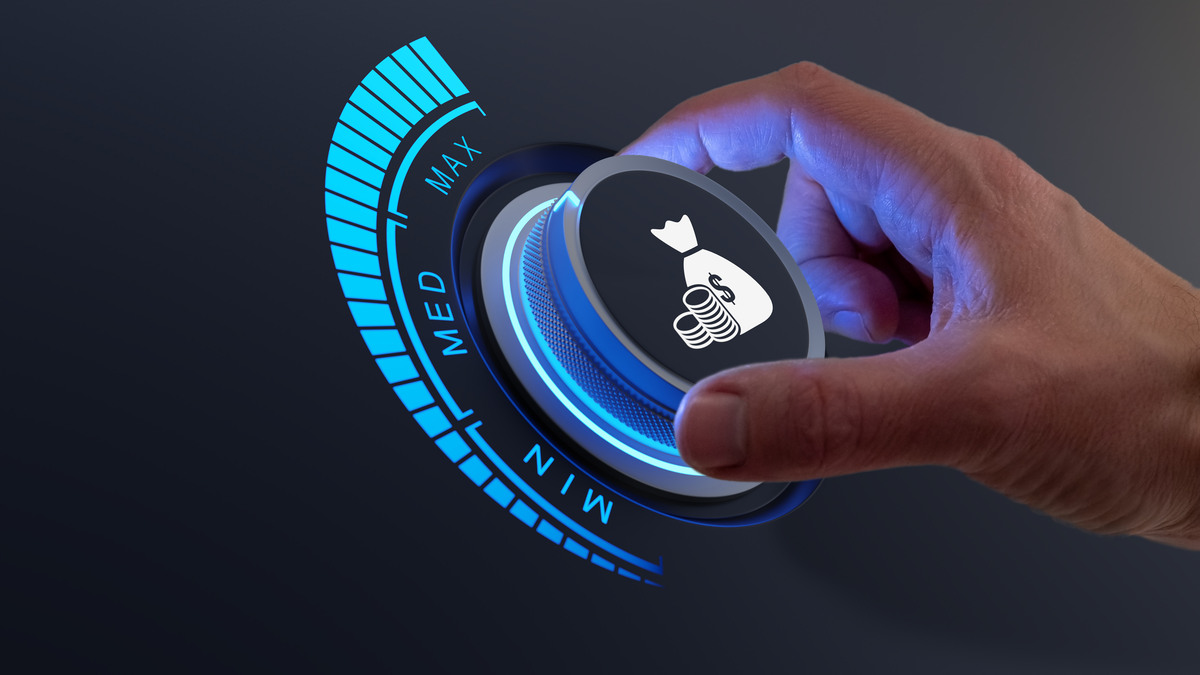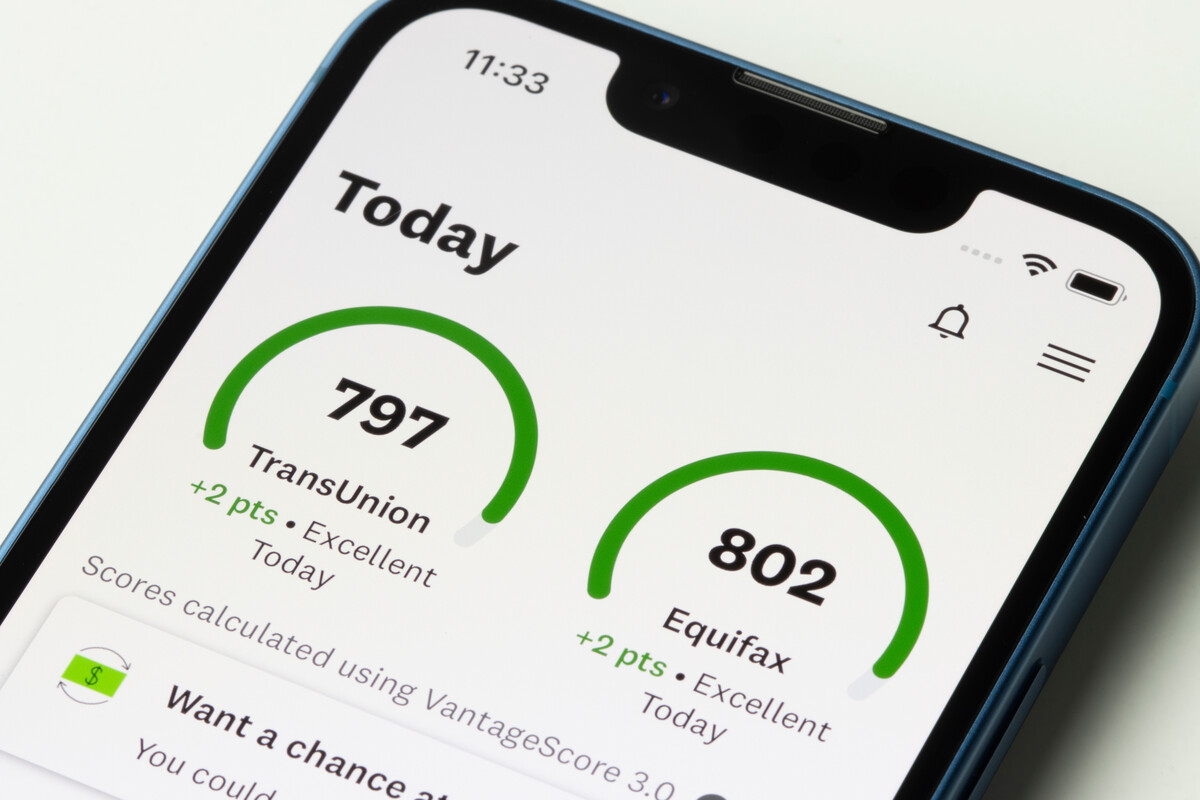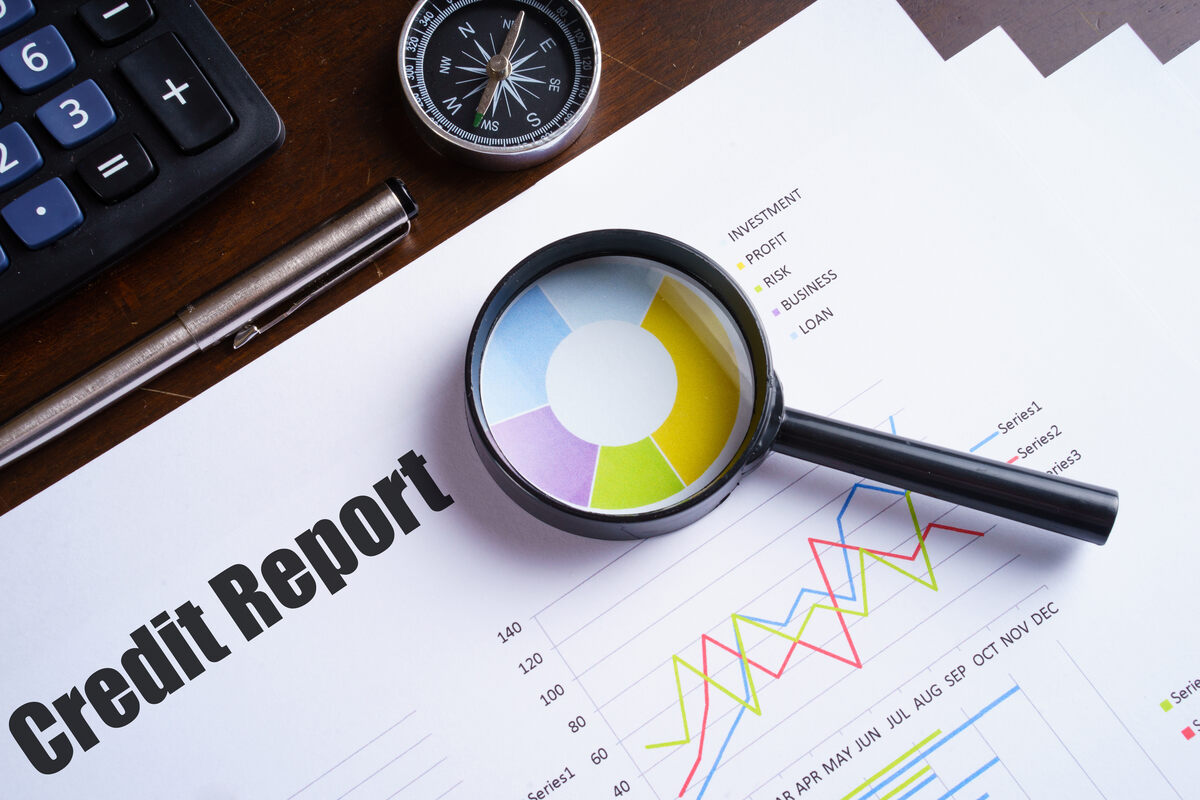Funding is important for all entrepreneurs who want to start or develop a startup. Business loans fall into one or more categories: traditional business loans or flexible loans.
Obtaining sufficient funds is a major issue for many startup businesses, but loans can provide the capital necessary to turn your visions into realities. For example, 29% of small businesses fail since they run out of capital.
In this guide, you will find the best startup business loans in 2024, helping you choose from the many available options to find the right fit for your small business.
Best Startup Business Loans
Starting a business requires capital. Fortunately, there are various business loans specifically designed for this purpose. Let’s explore the most popular and effective loan programs for startups.
1. Lines of Credit
A business line of credit gives you flexible access to funds up to a set limit, letting you borrow when you need it to cover expenses or manage cash flow.
The amount is ideal for managing cash for small businesses that need to make emergency purchases or short-term expenses. The benefit lies in that, unlike a traditional business loan where interest would be paid on the whole limit, interest is payable only on the money you use.
2. SBA Loans
Another course through which startups can seek financing is through the Small Business Administration (SBA).
Based on our expertise, these loans are a reliable and popular choice because they have comparatively lower interest rates and much longer payback terms.
Since SBA loans are partly government-backed, they are less risky for lenders and are, therefore, affordable to many who have a decent business plan and are ready to run a business.

3. Microloans
Based on our research, microloans are small loans that offer up to $50,000. They are specifically meant for new businesses needing a small sum of capital to get started. These can be provided by the Small Business Administration, nonprofit organizations, or credit unions.
Microloans are helpful for entrepreneurs who struggle to get traditional loans due to poor credit or limited financial security. They provide small amounts of funding to help these individuals start or grow their businesses.
This policy is ideal for smaller loans and provides easier funding options for those starting their entrepreneurial journey.
4. Short-Term Loans
Short-term loans are a viable option when it comes to quick funding for entrepreneurs. In fact, most short-term loans usually come with fast approval times. This can take a few days to disburse funds.
However, these loans will charge you a rate, and the repayment is usually short, making it beneficial for businesses that can clear the loan quickly.
Short-term loans extend themselves to emergencies. Most of them fit companies that need a temporary operational fund to cover emergency expenses, like inventory or payroll.
5. Equipment Financing
If your business is starting, and you need equipment to operate it, then equipment financing could be a great option.
This loan is for purchasing machinery, vehicles, or other business assets. The equipment itself serves as collateral, making it easier to secure funding.
Equipment financing offers an economical way of acquiring assets without tying up too much capital initially, allowing startups to grow without strangling savings.

6. Merchant Cash Advance
Merchant cash advance (MCA) funding is based on the future credit card sales of your business. The MCA lenders will provide a lump sum, which you will pay off with an agreed percentage from your daily receipts.
Based on our experience, this method is among the fastest and most flexible means to finance your startup. But, it’s going to cost you a lot with extra fees and interest rates.
It is beneficial for businesses engaging in many credit card transactions. Even so, it’s smart to apply it wisely so that high-interest payments do not pile up.
7. Invoice Factoring
Invoice factoring allows you to sell your pending invoices to a factoring company in exchange for upfront funds. This is helpful for start-ups with clients who are slow payers.
It’s primary benefit? Invoice factoring clears cash flow problems so that business continues running smoothly.
8. Business Credit Cards
Business credit cards are finance tools designed for startups needing to make smaller, everyday purchases or cover short-term expenses.
Generally, business credit cards come with other incentives like rewards programs, cash-back benefits, and introductory offers. This makes them an excellent long-term financial management tool.
Used properly and with timely debt settlements, the cards will help avoid high-interest debt by preventing late fees and keeping the balance low. This ensures you don’t carry a large balance from month to month, which can result in high interest charges
How to Get a Startup Business Loan
Securing a startup business loan involves several steps, from preparing the necessary documentation to selecting the right lender. Here’s a breakdown.
1. Form a Good Business Plan
Lenders are looking for a well-detailed business plan that includes the startup costs, projections, and an indication of how the loan will be used.
A well-prepared plan demonstrates your strategy for using funds, whether for working capital or business expansion. It also helps you manage monthly payments and interest costs over an extended period, ensuring the loan remains manageable and supports your growth goals.

2. Verify your Credit Score
Before you present your application, check your credit score and personal credit history. Lenders tend to consider your personal credit score as an indication of how big a risk they are taking by lending you money.
Don’t bother with unsecured business loans. Instead, if your credit is bad, consider taking a merchant cash advance or a loan from an alternative lender to borrow money for your business. Their criteria for lending small business loans tend to be less stringent.
3. Understand Loan Programs and Terms
Different types of loans have distinct terms and eligibility requirements. If you want a long-term loan, the SBA loan would be the best for you. If you want a short-term loan or a credit facility, you can apply for them, and probably that will suit your needs immediately.
Rates of interest and terms of repayment differ according to lenders or types of loan, so it is good to compare these to find one that meets your needs.
4. Prepare Financial Documents
You will be required to provide your profit and loss statements, balance sheets, cash flows, and other financial statements as evidence of your capacity to repay the borrowed amount.
You may also be required to submit personal financial papers, like tax returns or bank statements. All these should be kept complete and updated; they could help establish your financial well-being..
5. Determine your Eligibility
Various lenders have different requirements when it comes to eligibility. Some want a certain score to be set before approving a loan. They may even set standards for developing your business credit history first.
If your credit score is poor or you don’t have a business history, it would be wise to consider online lenders or alternative lenders.

6. Analyze Loan Costs
You should look closely at interest rates, fees, and any other associated costs. Traditional financing usually has lower rates but comes with a more severe application process.
Merchant cash advances may be more readily accessible, but they can cost you a lot in interest.
7. Research lenders
Get information about the different sources of lending, be they traditional lenders, credit unions, or online lenders. Go through their loan programs, interest rates, and terms and find which best suits your goals.
8. Completing the Application Process
Prepare your documents, analyze your options, and prepare to apply. Follow all the conditions and procedures determined by each lender., Furnish them with documents like business plans and financial statements.
Applications with well-laid-down documents raise the probability of being favorably considered.
Conclusion
One of the first major steps to be taken toward converting the idea of starting a business into a reality is getting a loan for a startup business. In 2024, there are various loan options.
Whether you’re looking for flexible access, low-interest rates, or fast access to funds, they can help you find a solution that is just right for you. Take some time researching your options and select the one that best suits your business’s growth.
Looking for guidance on navigating your business financing options? E-Boost Partners is here to help you secure the ideal funding for your business. Contact us today to explore your options!


















































